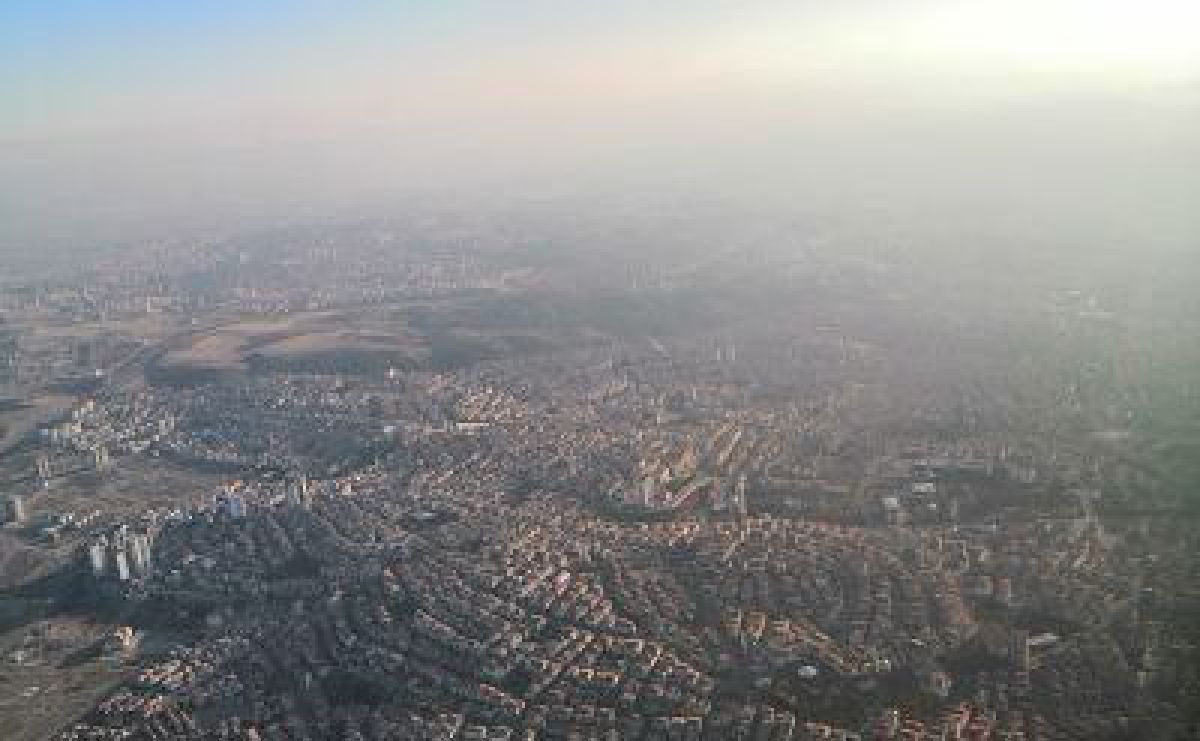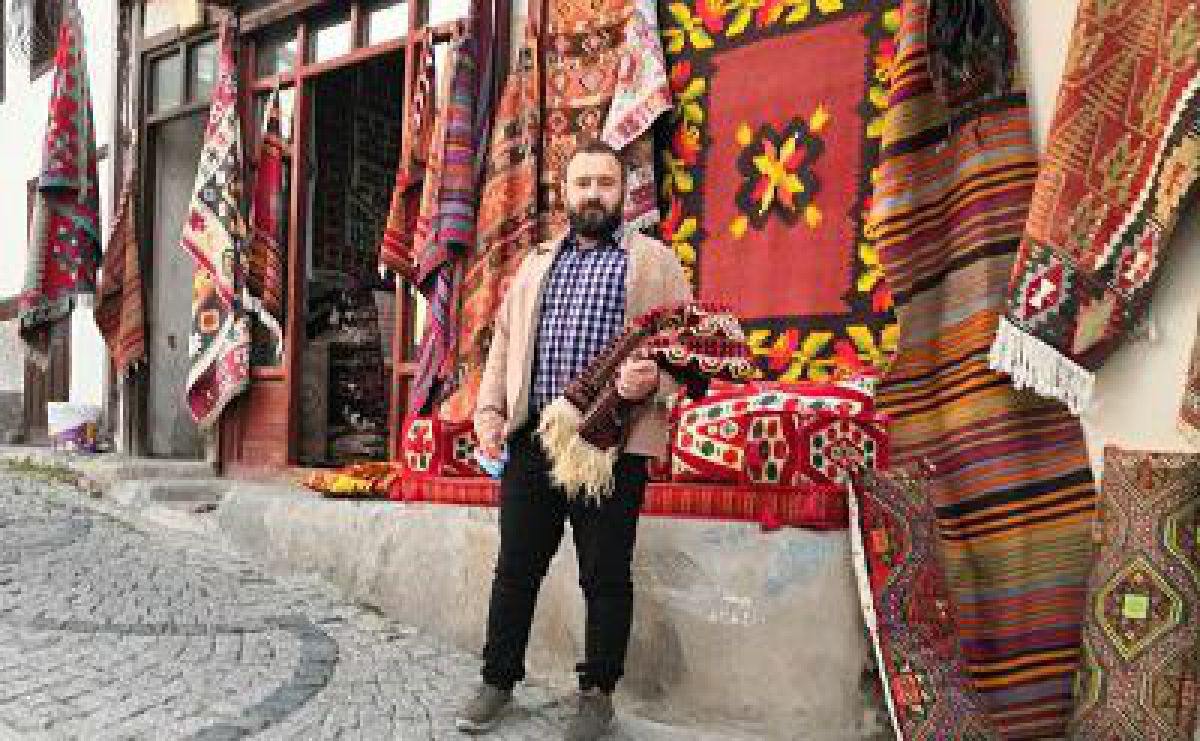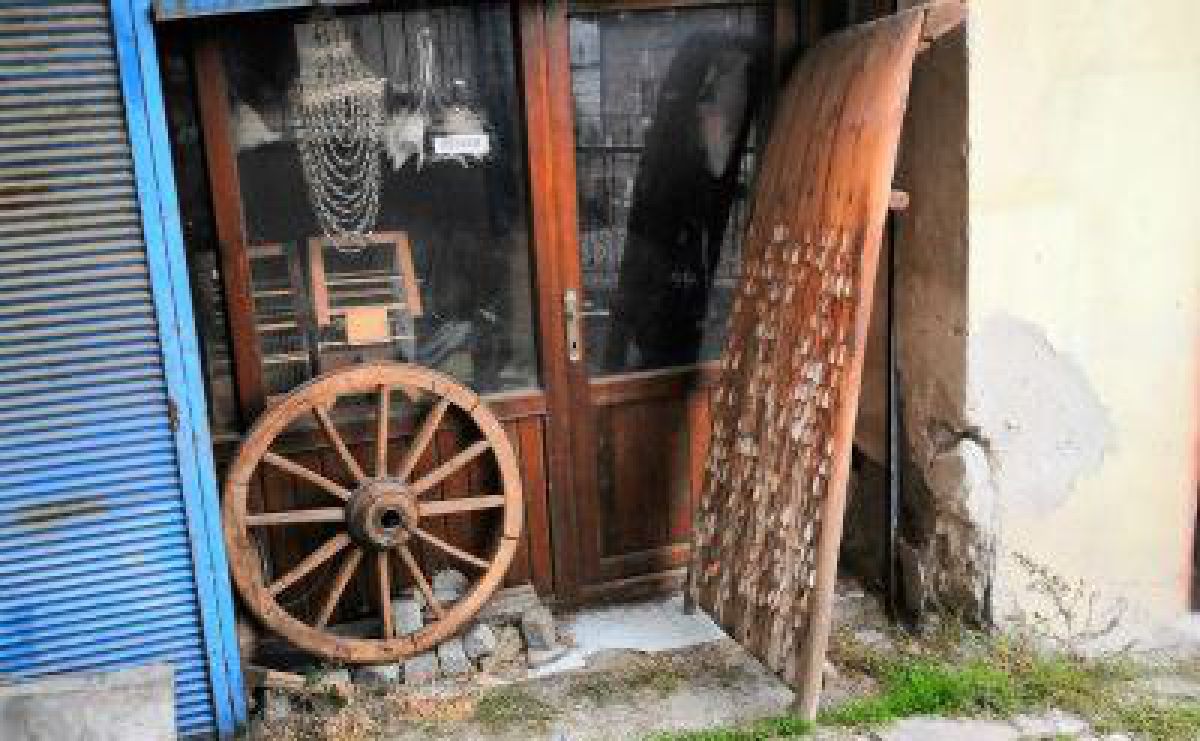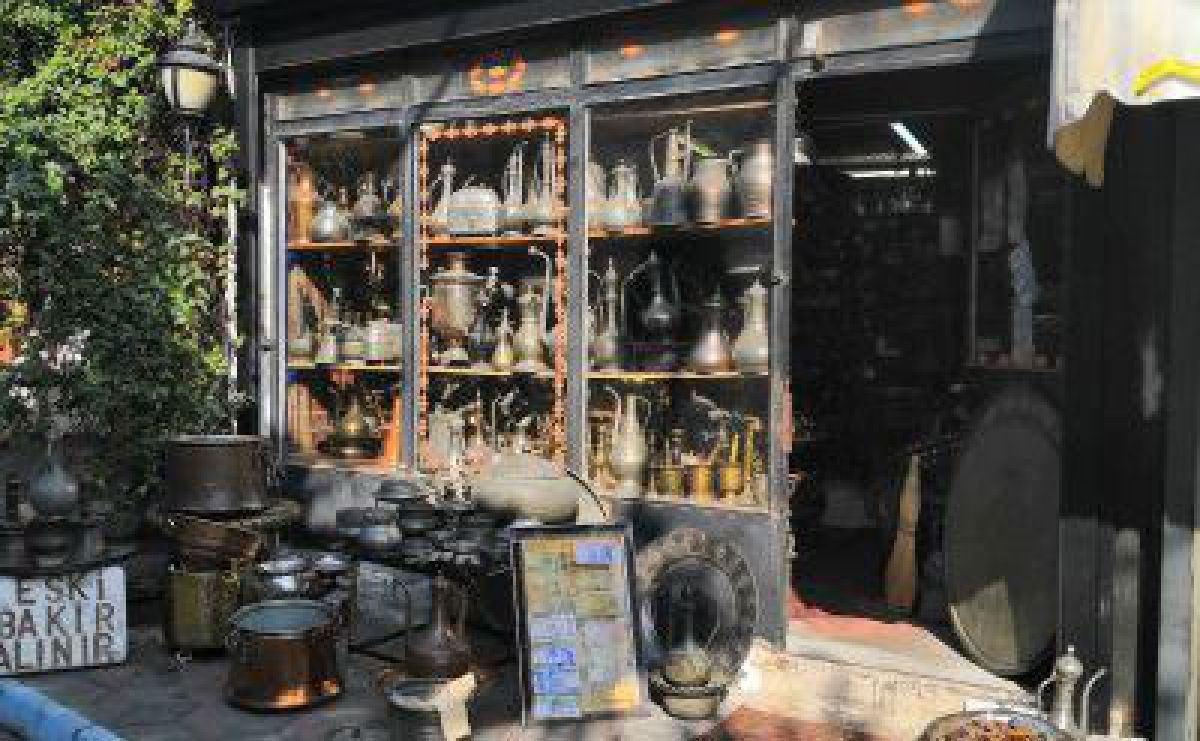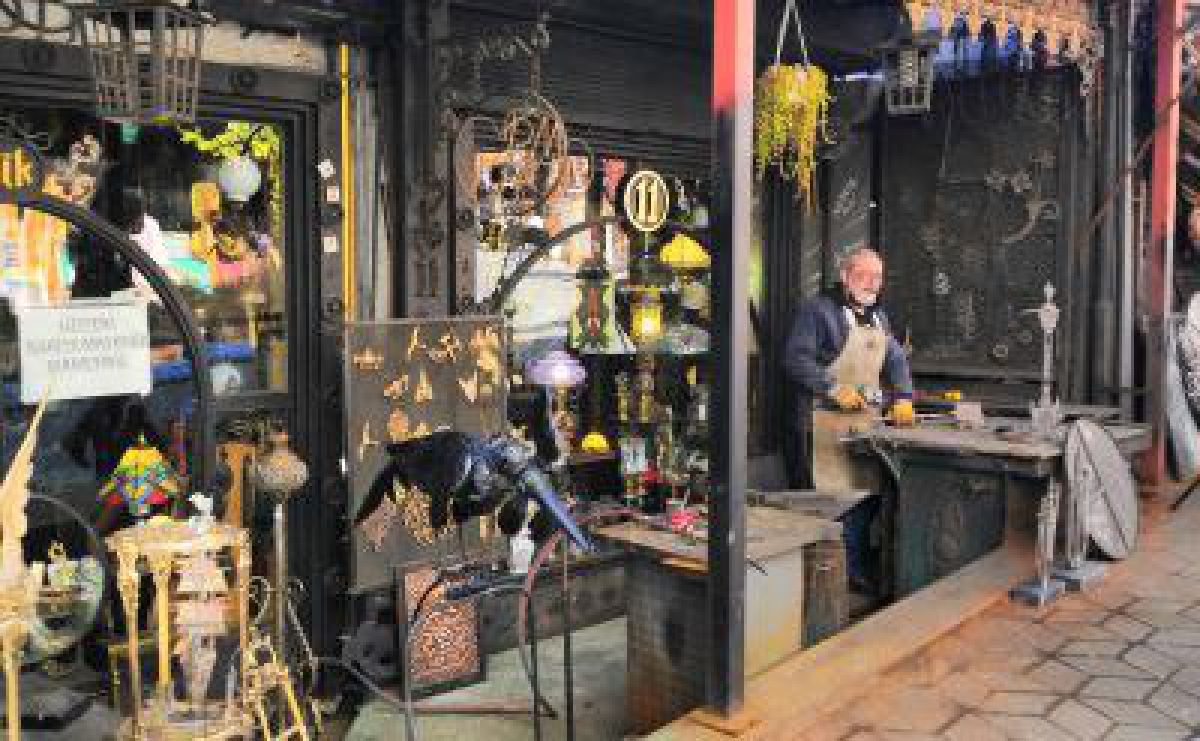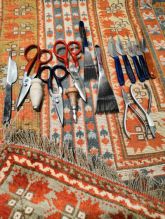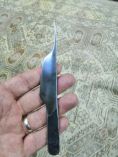Tel: 01962 458428 or 07564010847
News - Check back here regularly to find out what's new at Brio Carpet Care
Stain removal & Colour Repair on Sisal and Viscose in Chattanooga, Tennessee
The taxi driver takes a motorway exit towards Istanbul. I have asked him to take me to an address in Ankara... I want to say something but I don’t speak any Turkish, so I ask him in English. He looks at me, shrugs his shoulders, and continues to drive.
Welcome to Ankara!
I am here for a one to one, hands on rug repair and restoration course with Reza, a Persian rug master from Iran.
3 Weeks of working on rugs, doing rug repairs, learning about rugs and talking about rugs day and night! The expresion "like a child in a sweet shop" springs to mind !
Samanpazari
I am staying a short walking distance from Samanpazari (meaning Old Bazaar), a gorgeous area in the old part of Ankara, running downhill south of Ankara Castle and home of wonderful shops selling crafts and antiques.
Rug weaving tools
The rug repair tools we use are hand made in Iran and include:
- several different type of scissors used for various tasks from high precision cutting to pile trimming
- different size weaving knives. The knife's tip is equipped with a hook for tying knots and a sharp blade for cutting the yarn.
- combs used to secure the wefts after each row of knots. The teeth go in between the warps and with repeated pounding secure the knots and wefts in place.
- This particular weaving knife was a gift from Reza
- It's a knife he has used to weave and restore rugs for almost 20 years so needless to say, out of my collection of 9-10 rug weaving knives this is my absolute favourite and the one I use most of the time.
New logo
Sep 29, 2021
Have you seen our new logo? We hope you love it as much as we do!













